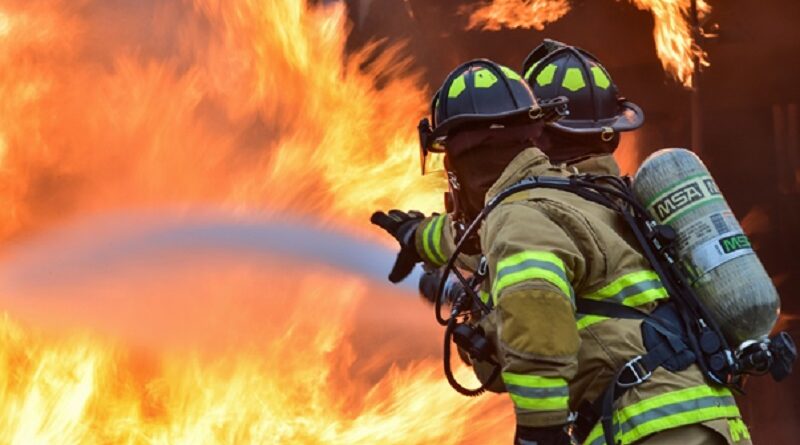10 Benefits of Passive Fire Protection Systems In Home Construction
Passive fire protection systems have been established as the most effective way to protect your home from a fire. In addition to saving the lives of your family members, the addition of passive fire protection systems in any building will increase its real estate value. However, as durable, long-lasting, and cost-effective products are installed at every stage of construction, this protection system is frequently overlooked by homeowners.
The main benefit of passive fire protection is that it doesn’t require any electricity or other energy source to operate and remain functional. This is particularly important in case of power outages or natural disasters like hurricanes, floods, and tornadoes.
Thermal Insulation
Passive fire protection can also be used as thermal insulation to help keep your home cool in summer and warm in winter. It’s made from different materials, including mineral wool, glass wool, and cellulose insulation. These materials help block heat transfer between your home and its surrounding environment so that you maintain a comfortable temperature inside your home regardless of what’s happening outside it.
Fire Containment
Fire containment is the process of containing the spread of fire to prevent damage to property and life. In the event of a fire, passive fire protection systems can contain the spread of flames and smoke to prevent damage to property and life. Fire containment can be further enhanced by installing sprinkler systems and fire alarms in your home.
Heat Separation
This means that the system separates the structure from the fire, preventing it from spreading. The most common form of heat separation is firewalling, which is made up of concrete or metal. Firewalls should be built with at least two layers of brick or concrete, separated by a gap that allows smoke to pass through but not flames.
Pressure Resilience
It is the ability to withstand external pressure without rupturing. It is considered an essential quality of these systems in construction. The purpose of a passive fire protection system is to protect buildings from fire, smoke, and heat by using non-combustible materials and self-extinguishing.
Reduction of Risk and Insurance Costs
Fire protection systems are installed to reduce the risk of fire and insurance policy costs. These systems help you save money on your insurance premiums since they reduce your risks of being affected by a significant fire incident.
Crisis Management
If there is an emergency, it can be difficult for homeowners to manage the situation. The presence of a fire alarm system in the home can help to reduce this difficulty by providing you with clear instructions on what to do during a crisis situation.
Compliance with Codes and Regulations
These systems are used in home construction as part of building codes designed to ensure safe and efficient buildings. Some countries, such as Australia and Japan, have passive fire protection requirements built into their building codes. Other countries require the use of passive fire protection systems in certain zones or areas where they are more likely to be required by law.
Business Continuity and Efficient Recovery from Disruption
A building that faces fire or any other disaster will have to be rebuilt, which can take a long time. However, suppose you have an effective passive fire protection system in place. In that case, it will help keep the costs of rebuilding to a minimum by ensuring that your structure is structurally intact even after a fire.
Passive fire protection systems have been proven to reduce the damage caused by disastrous house fires dramatically. Not only do they help keep the people that live in these buildings safe, but the safety and well-being of firefighters are also bolstered. Passive fire protection systems are a must for those that are concerned about fire safety; if you want to instil greater peace of mind in your home and protect yourself and your loved ones in case of an emergency, it is highly recommended.


